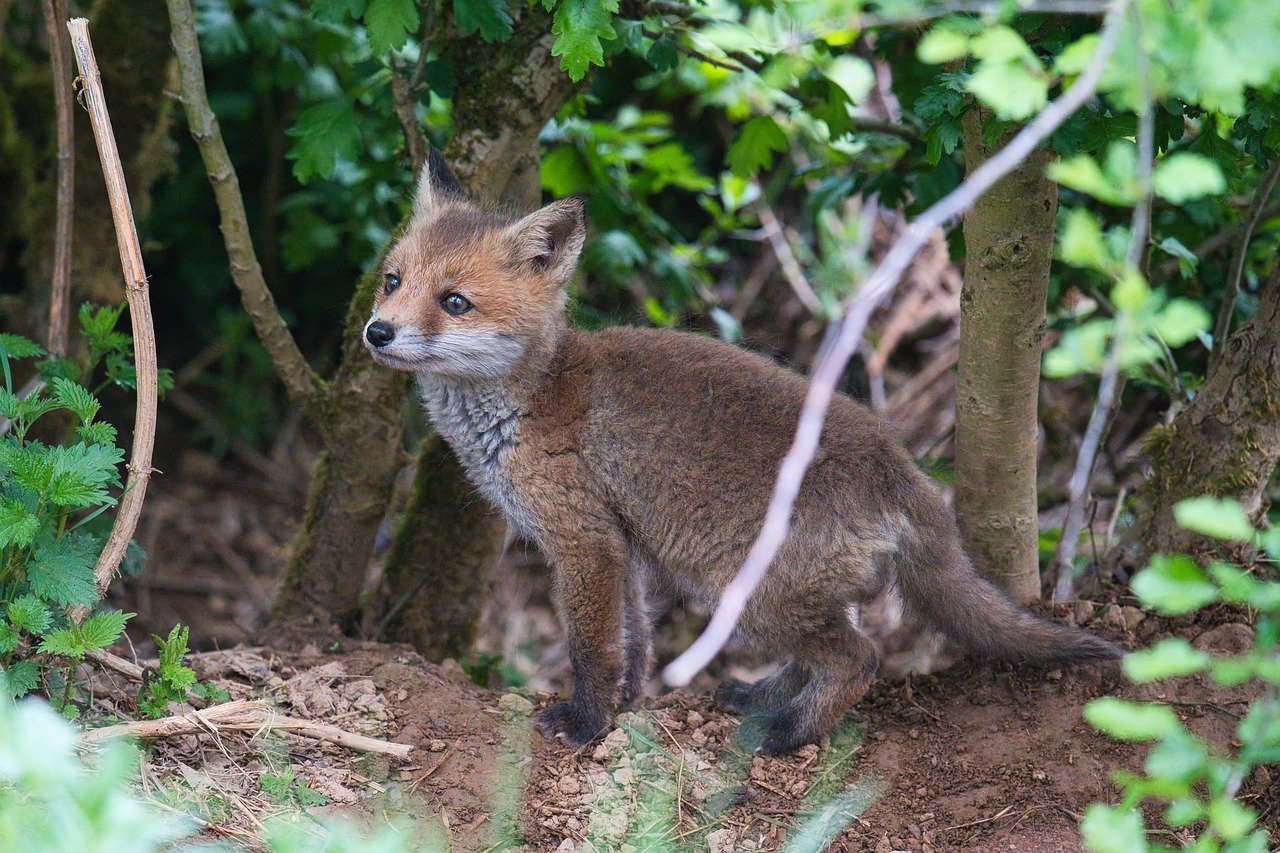How Urbanization is Influencing Wildlife Adaptation: An Unseen Perspective
Introduction: Urbanization is rapidly altering the world around us, but how is it impacting our wildlife neighbors? In an unexpected twist, some species are not only surviving, but thriving in our cityscapes. Let's delve into this fascinating phenomenon and understand the implications for wildlife conservation.

The Advent of Urbanization and Wildlife
Urbanization, a defining characteristic of the modern era, has brought about drastic changes to wildlife habitats. The expansion of cities and towns into natural areas has seen an alteration of ecosystems, leading to habitat loss and fragmentation, a leading cause of biodiversity decline. However, amidst this grim scenario, an intriguing development is being observed - a number of species are demonstrating remarkable adaptability to urban environments.
Urban Wildlife: From Surviving to Thriving
From Peregrine Falcons nesting on city skyscrapers to foxes rummaging through our garbage bins, urban wildlife is a testament to nature’s resilience. These animals are learning to navigate our cityscapes, finding food and shelter in the most unlikely places. While it’s not the ideal situation, it’s a testament to these species’ adaptability and survival instincts.
The Urban Adaptation Phenomenon
The phenomenon of urban adaptation is a fascinating one, with many species displaying surprising behavioral and physiological changes. For instance, studies have shown that urban birds have a different song pitch compared to their rural counterparts, likely to be heard over the city noise. Similarly, urban foxes have been observed to have a bolder temperament than their rural counterparts, a trait that helps them navigate the challenges of city life.
The Economic Aspect: Wildlife Tourism in Cities
Cities are investing in urban wildlife and green spaces, recognizing their economic and social benefits. Wildlife tourism is becoming increasingly popular in cities, with people eager to catch a glimpse of urban foxes, raccoons, or birds. This trend is not only boosting local economies but also fostering an appreciation for urban biodiversity.
The Future of Urban Wildlife: Challenges and Opportunities
The rise of urban wildlife presents both challenges and opportunities. On one hand, it raises issues of human-wildlife conflict, disease transmission, and the ethical dilemma of wildlife in urban environments. On the other hand, it offers an opportunity to rethink our urban planning and development strategies, with a focus on coexistence and biodiversity conservation.
Urban wildlife adaptation is a testament to the resilience and adaptability of nature. As the world continues to urbanize, understanding this phenomenon is crucial for both wildlife conservation and sustainable urban development. It’s high time we acknowledged our wild neighbors and factored them into our urban future.




